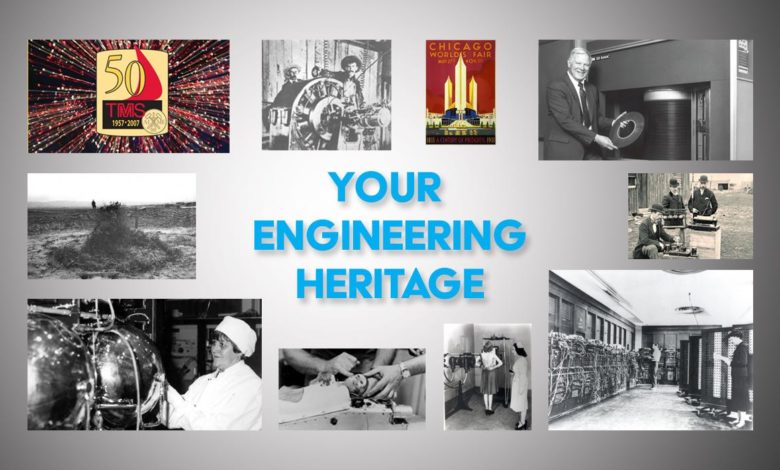
“Technological Revolutions,” analogized by historians to political revolutions, have unfolded more slowly than their social counterparts. It took hundreds if not thousands of years from the earliest domestication of plants and animals to the point where agriculture was the main human lifeway. Nevertheless, there are clearly times in history when the methods people use to interact with their environment changed more quickly and more broadly than at other times.
For example, many important social, political and technological developments occurred in 17th and early 18th century Europe. It is extremely difficult to pin down start and end dates for these developments. Historians often point to the year 1712, when Thomas Newcomen invented a practical (if inefficient) steam engine. This innovation opened the floodgates to the mechanization of society, which by the 1840s — a mere century and a quarter later — was firmly entrenched. This period is known as the Industrial Revolution, and Western society was completely transformed culturally, socially, politically and economically, as well as technologically. Some historians describe a second phase of the Industrial Revolution in the late 19th and early 20th century as a result of advances in materials engineering, and of the introduction of electrical-based technologies. Again, the impact on the rest of society was both broad and deep.
Based on these historical precedents and the technological developments of today, many “futurists” argue that a third, even more radical transformation of technology and society is underway. The belief is that this “Third Industrial Revolution” will be (or is, since we may be in the middle of it) the result of the convergence of various technologies and sciences that were previously operating in separate channels — electronics, computing, communication, biology, quantum physics — and that these will most notably lead to the rise of artificial intelligence and the dawning of a true post-industrial “Information Age.” In a 1993 essay, Vernor Vinge, who had been discussing technological change for about a decade, called this transformation a “singularity” and predicted that it would arrive between 2005 and 2030. The June 2008 issue of IEEE Spectrum is devoted to analyzing how far along we are in the “Information Revolution,” and includes an update from Vinge on how we are doing.
Since this is a history column, I will not enter into the debate on the future. Instead, I will point out that we may want to take out a moment to celebrate a key anniversary this year. For, if indeed the current convergence of multiple technologies does lead to a transformative “singularity,” then I am willing to wager that future historians will look back to 1948 — an even 60 years ago — as the year it “began.” IEEE History Center Senior Research Historian Frederik Nebeker has called 1948 an “Annus Mirabilis” for technology. Although a great deal of important technical and scientific work took place during and as a result of World War II, the potential for advance all seem to break out in a single year.
To begin, in June 1948, the first operational stored-program electronic computer was completed at the University of Manchester in the United Kingdom. Although only a prototype, in was the advance guard for a number of full-scale stored-program computers under construction at a number of locations. Still in June, Bell Labs, in New Jersey, announced the invention of the transistor, a solid-date amplifying device. This development held out the promise that electronic devices such as the computer could one day be manufactured with small size, reliability and low energy requirements.
Then, in the July 1948 issue of The Bell System Technical Journal — exactly 60 years ago this month — Claude Shannon published his seminal paper, “A Mathematical Theory of Communication,” where he demonstrated that communication was a quantifiable phenomenon that therefore could be instrumentalized and enhanced through the newly emerging computational sciences and technologies. The convergence had begun.
If these developments were not enough, 1948 also saw the publication of Norbert Wiener’s classic book Cybernetics, which brought to a wider audience understanding of the coming impact of computers, and also explicitly compared biological systems with electrical communications and control systems — a key element of the presumed coming convergence. A second paper by Shannon (with Bernard Oliver and John Pierce) introduced pulse-code modulation as a new means of transmitting information. And a paper by Maurice Bartlett described the time-averaging method of measuring the average power spectral density.
So, if your busy 24/7 schedule brought on by the recent technological developments allows you a few moments of leisure, why not lift a glass and have a piece of cake for the “Information Age” as it turns 60 along with many of the “Baby Boomers” who grew up with it.






